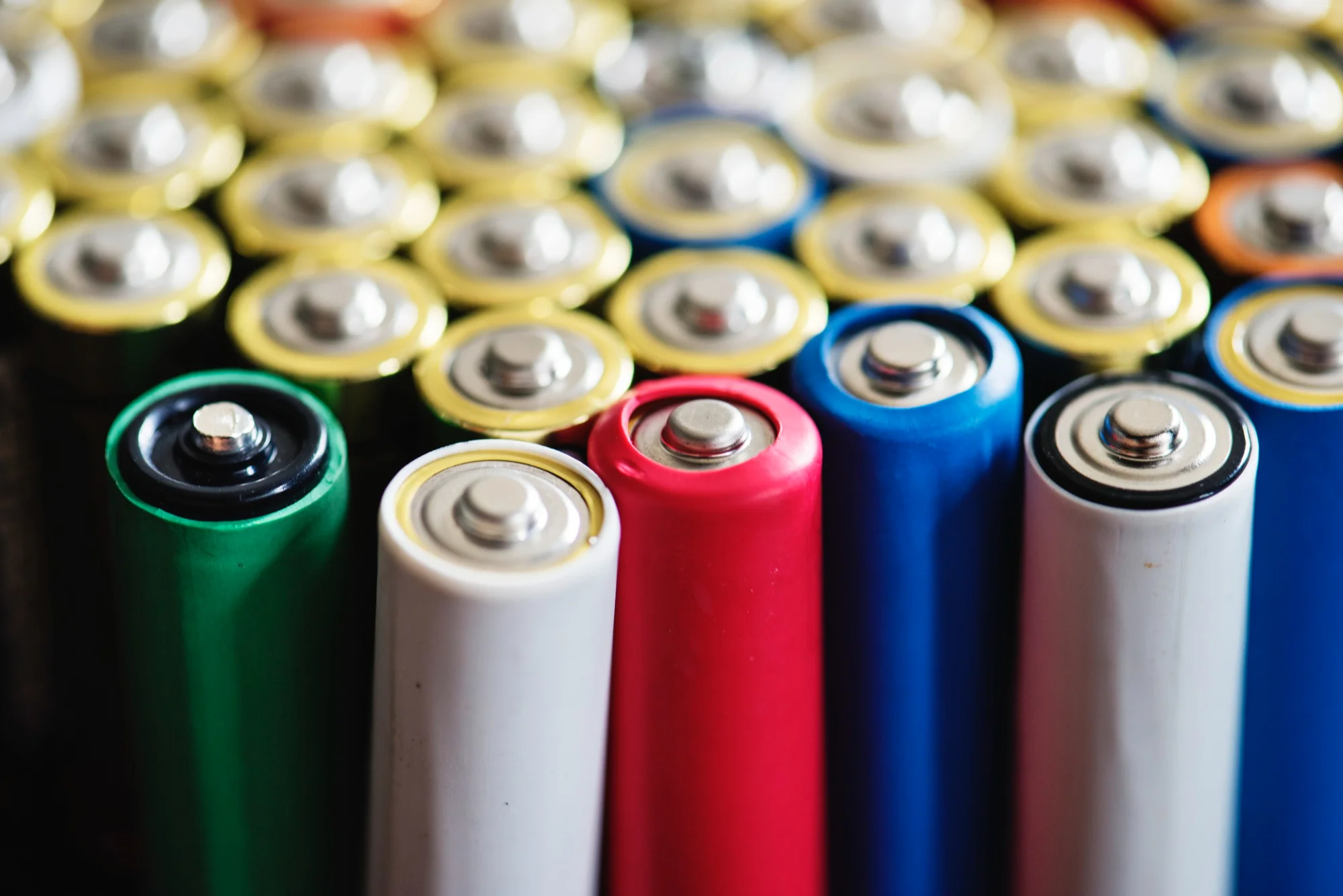A recent scientific breakthrough in the field of energy storage has been reported in the esteemed Journal of Colloid and Interface Science. Researchers from Guangzhou University have developed innovative polymetallic carbonate hydroxide cathodes for alkaline aqueous rechargeable Zn-based batteries (AAZBs) that boast high mass loading and demonstrate significantly improved performance. This transformative research has been published in the March 15, 2024, edition of the journal, and the details can be found in volume 658, pages 459-467, under the DOI: 10.1016/j.jcis.2023.12.035.
The team, consisting of distinguished scientists including Zhou Kai, Li Weiqi, Huang Ruyu, Liang Jianfeng, Chen Jingrong, Bao Yu, and Han Dongxue, under the leadership of Niu Li, has introduced a zinc-induced strategy to skillfully engineer Zn-Ni-Co carbonate hydroxides/hydroxides heterostructure nanosheet arrays. Unprecedentedly, these cathodes achieved an extremely high mass loading of 9.2 mg cm^-2, a substantial advancement over previous iterations of AAZBs. This new cathode structure promises to extend the life cycles of batteries while also upping their energy capacity, a critical demand for portable electronics and electric vehicles.
AAZBs are known to be an environmentally friendly and cost-effective energy storage solution. Nevertheless, one of their significant drawbacks until now has been the low mass loading of the cathodes, which limited the areal capacity (capacity per unit area of the electrode) and, in turn, the overall energy density of the batteries. By directly addressing this issue, the groundbreaking work from Guangzhou University has the potential to escalate the competitiveness and applicability of AAZBs in the global battery market.
The study was meticulously conducted at the Center for Advanced Analytical Science, Guangzhou Key Laboratory of Sensing Materials and Devices, and Guangdong Engineering Technology Research Center for Photoelectric Sensing Materials and Devices. The research has been well funded and supported, allowing for a thorough investigation that includes no known competing financial interests or personal relationships that could have influenced the results, as declared in their publication.
The significance of this development cannot be overstated. With the ever-increasing demand for high-performance rechargeable batteries, and a growing emphasis on renewable energy sources and sustainability, solutions like the one proposed by the Guangzhou University research team are vital. Their work not only advances the technology itself but also contributes to the global effort to reduce the ecological footprint of humankind by enhancing the practicality of greener energy storage alternatives.
For the energy industry and scientific community, the implications of this discovery are enormous. High mass-loading cathode materials could lead not just to longer-lasting batteries but also to reduced costs due to better material utilization. The potential for scalability is also a critical factor, given that the demand for energy storage solutions is increasing on both industrial and consumer levels.
In detail, the research published in the Journal of Colloid and Interface Science provides a comprehensive look into the methods used for developing the Zn-Ni-Co carbonate hydroxides/hydroxides heterostructure nanosheet arrays. It delves into the electrochemical performance of the cathodes and succinctly explains how the zinc-induced strategy enables the creation of these structures with high mass loading.
As part of the trend toward more efficient and sustainable energy storage, the research is poised to capture the attention of various stakeholders. From battery manufacturers and energy sector investors to governments looking to boost their renewable energy infrastructure, this publication sets a new benchmark in battery technology.
Keywords
1. High-Performance Batteries
2. Aqueous Alkaline Zn-Based Batteries
3. High Mass-Loading Cathodes
4. Sustainable Energy Storage
5. Battery Technology Breakthrough
In conclusion, the advancement in AAZBs cathode technology proves once again the power of innovative scientific research and its potential to drive sustainable solutions forward. It is a testament to the tireless effort of the scientific community to develop more efficient and environmentally friendly technologies, with the hope of creating a greener future for all.
References
1. Zhou, K., Li, W., Huang, R., Liang, J., Chen, J., Bao, Y., Han, D., & Niu, L. (2024). Zn-induced formation of polymetallic carbonate hydroxide cathodes with high mass loading for high performance aqueous alkaline Zn-based batteries. Journal of Colloid and Interface Science, 658, 459-467. https://doi.org/10.1016/j.jcis.2023.12.035
Please note that the remaining references as per standard academic practice would customarily be those from which this research takes precedence or builds upon. Since the specifics of these references are not provided in the original question, they cannot be accurately listed here.
